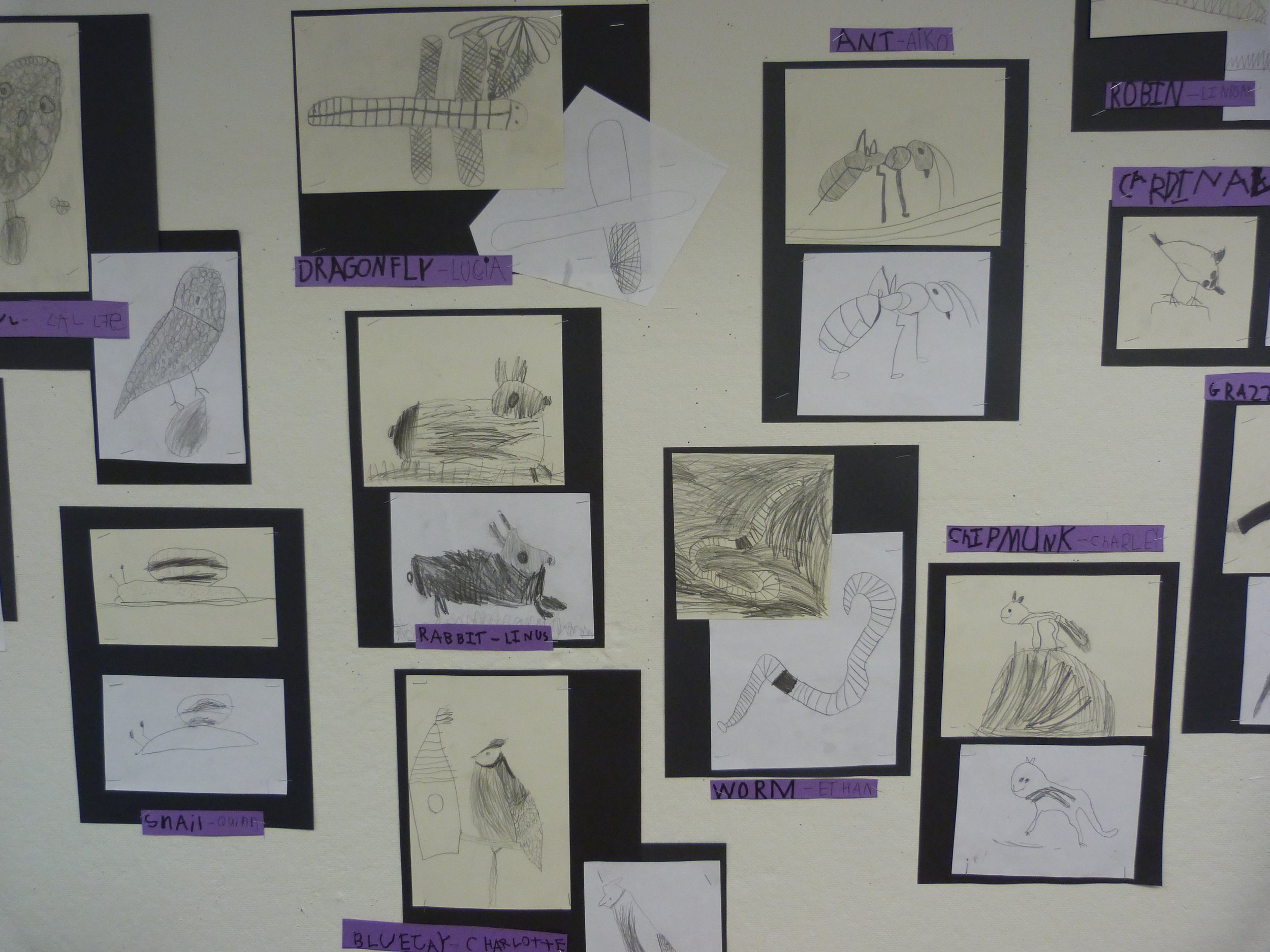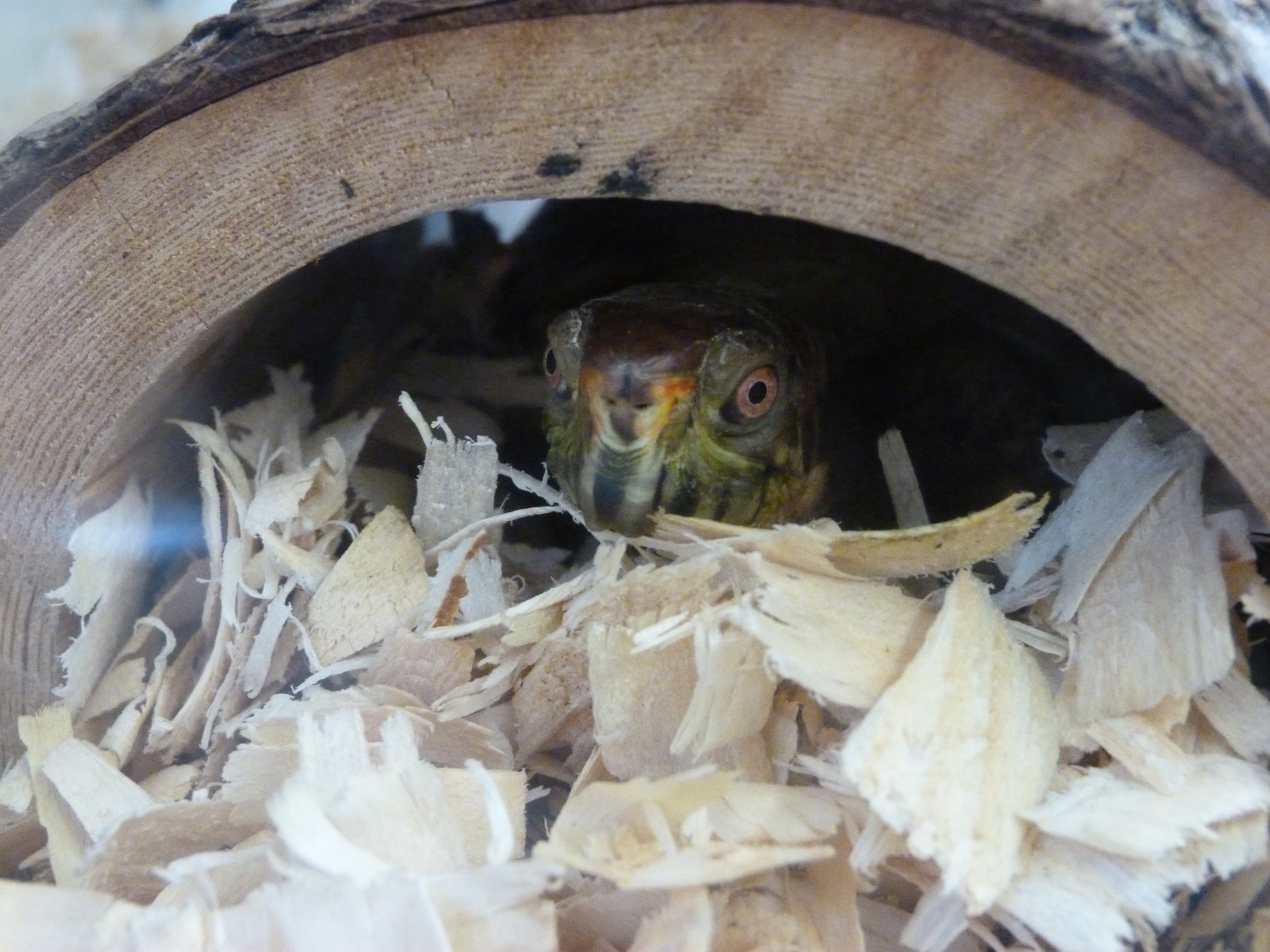Last Wednesday evening Ashley and I attended one of a series of presentations and exchanges of the Boston Area Reggio Inspired Network. This one was presented by Ben Mardell and Megina Baker of the Pedagogy of Play project at Project Zero.
We were inspired, as always, by the work that Ben and Megina presented that featured the innovative, creative work of the Boston Public Schools. Ben and Megina were lead developers of the curriculum called Focus on K2 which focuses on inquiry into how the world works. The curriculum creates the contexts for students' voices and ideas to take concrete form and contribute to our communities. One of the main objectives of this program is for students to become internally driven, self-motivated, high achieving contributors to the social justice of our neighborhoods.
Last year, all Boston Public School kindergarteners received a letter from the mayor, Marty Walsh, asking if they would help imagine ways that Boston could be more interesting and more fair for children and families and then build models of their ideas. Their ideas included playgrounds that had lockers for parents' cell phones so that they could really play with their children and bigger equipment for adults to play on, as well as a Tree House playground with rooms for homeless families. These models were displayed and celebrated at city hall in the spring.
Ben shared how proud he is of this successful, innovative effort by an urban school district with 31% extreme poverty and 47% dual language learners. At the gathering at City Hall, Rahn Dorsey, Chief of Education in the City of Boston said:
This is what learning looks like when learning comes to life. Certainly learning looks like reading and writing but it also looks like kids using their hands. It looks like cutting boxes and playing with egg crates and glue. It looks like working with your friends.
Thank you Boston Public Schools, and thank you Mayor Marty Walsh and Chief of Education Rahn Dorsey and all the teachers, families and young students who are working together with imagination and creativity, confidence and clarity to build a more interesting, more fair place for people of all colors and ethnicities to live and thrive and enjoy life together in this diverse, democratic, big city of Boston. This is what learning and thriving looks like in our democracy.

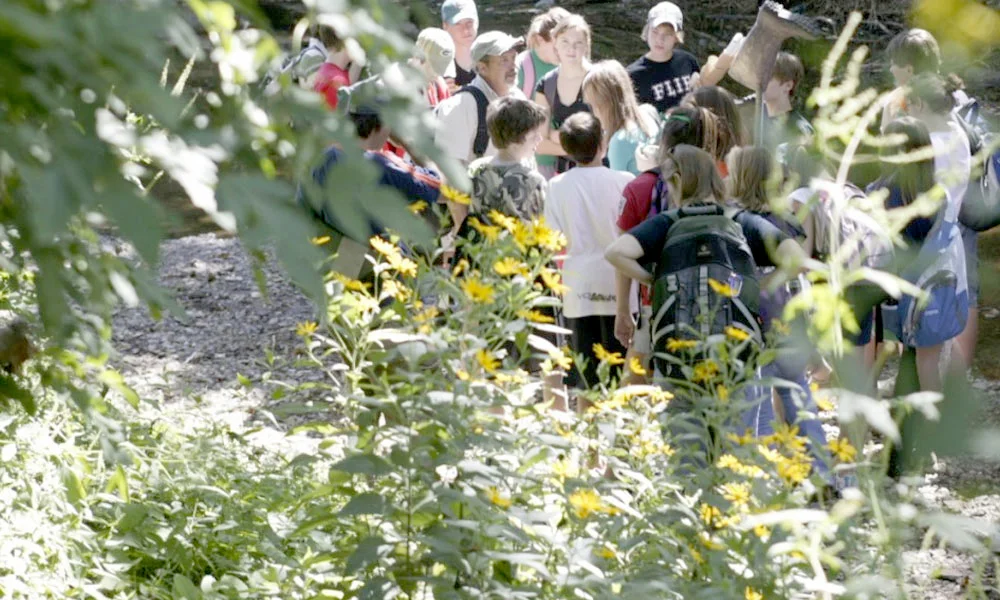


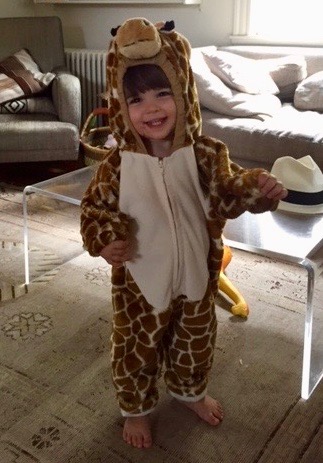 On this rainy day, I was struck by the bright yellow and crimson leaves on the grass on an afternoon walk around the
On this rainy day, I was struck by the bright yellow and crimson leaves on the grass on an afternoon walk around the 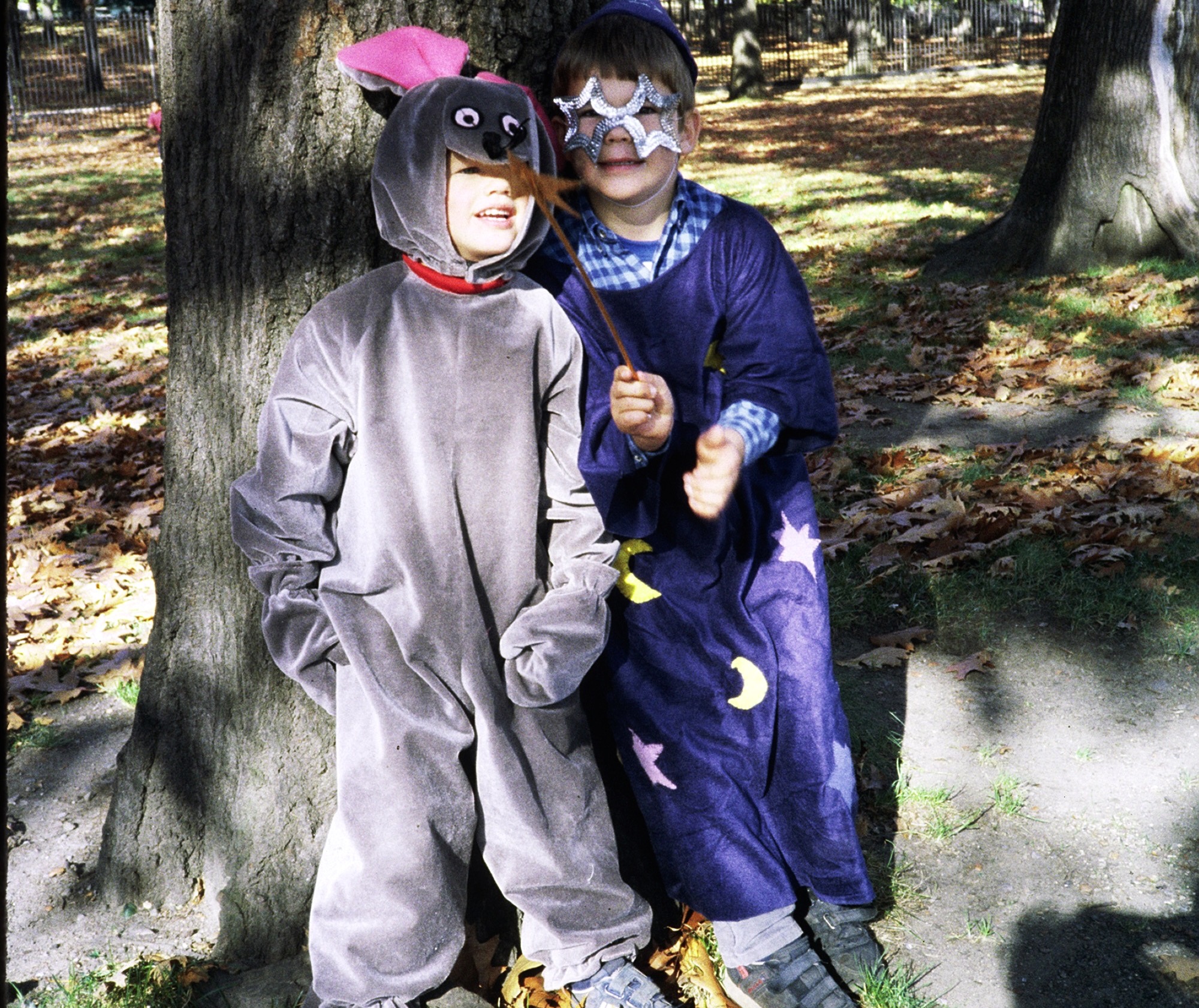
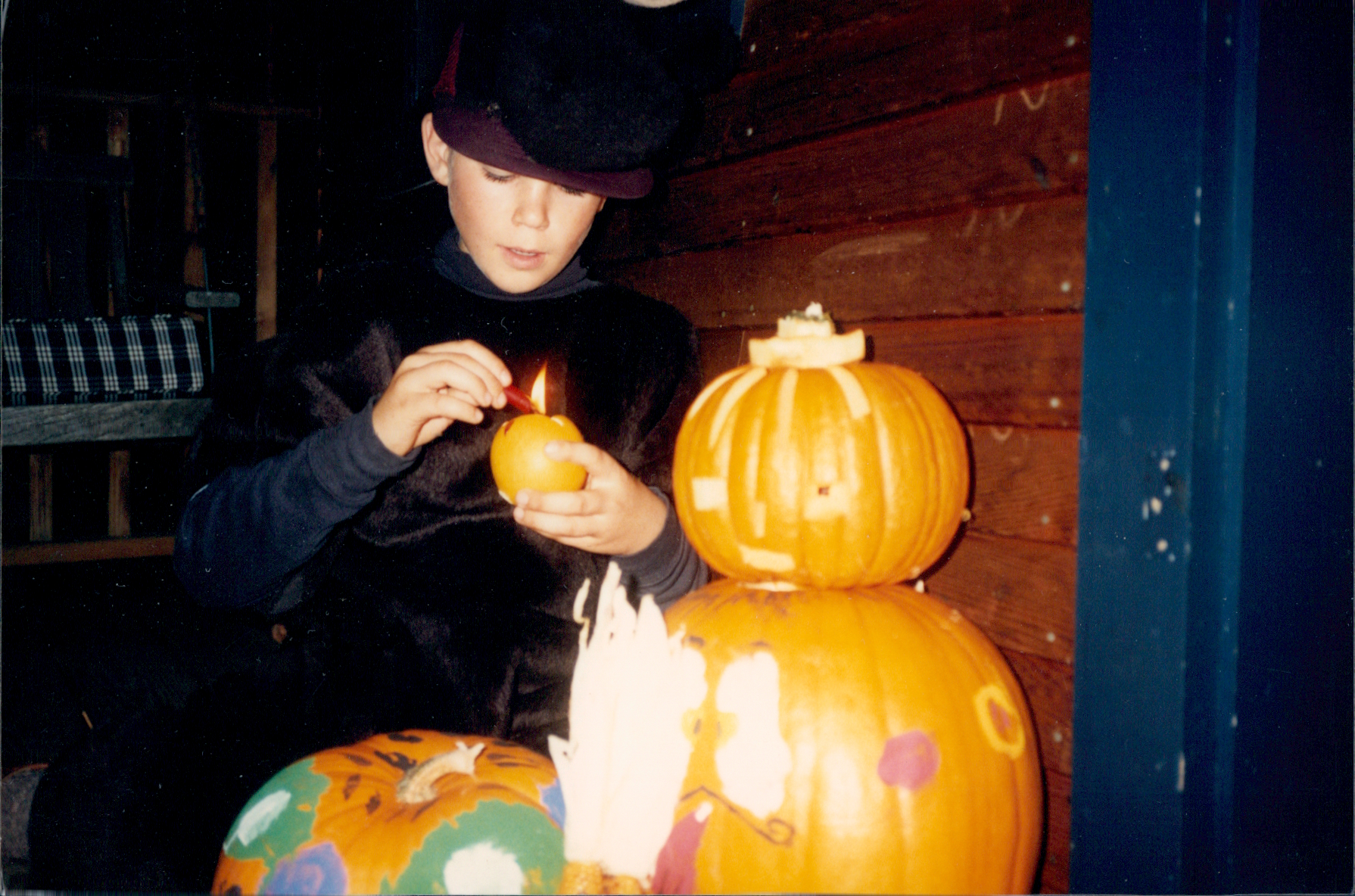

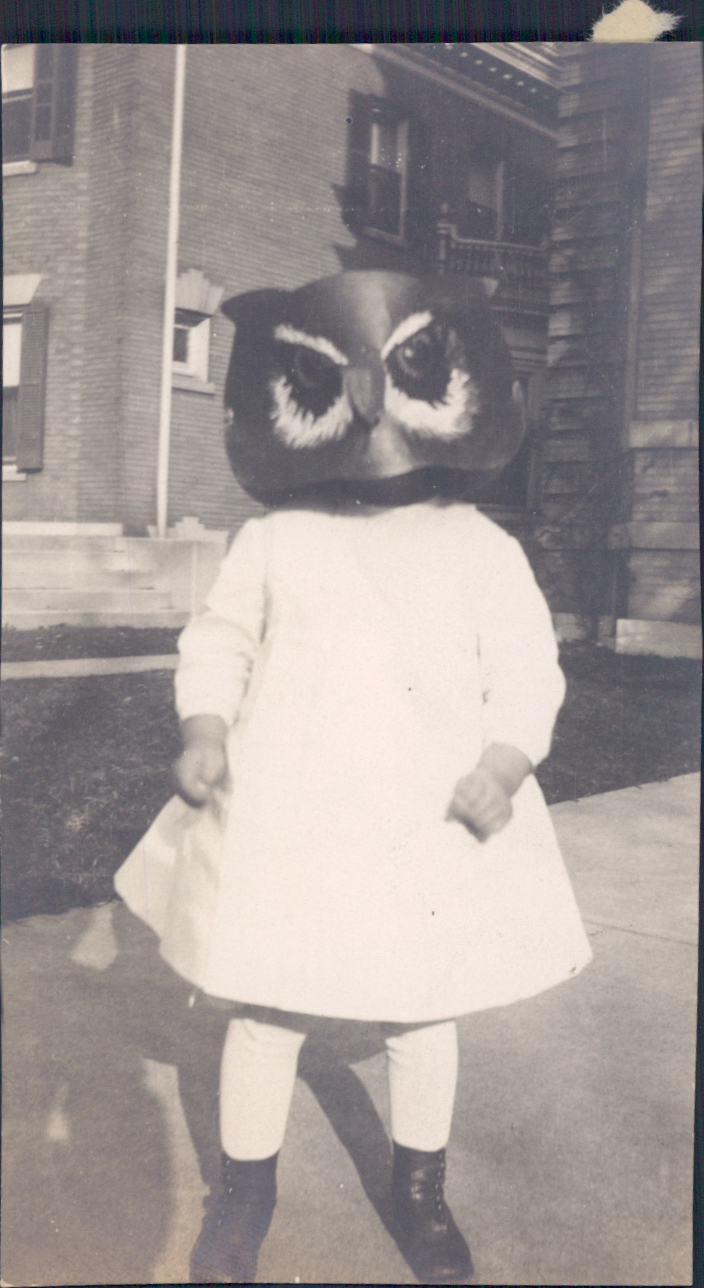





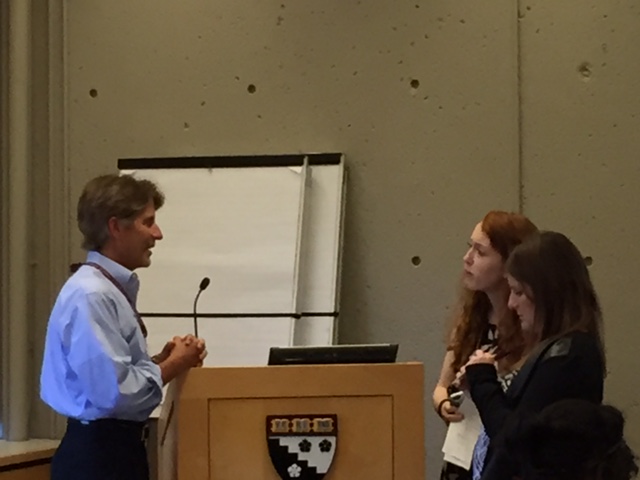 We have been reading
We have been reading 